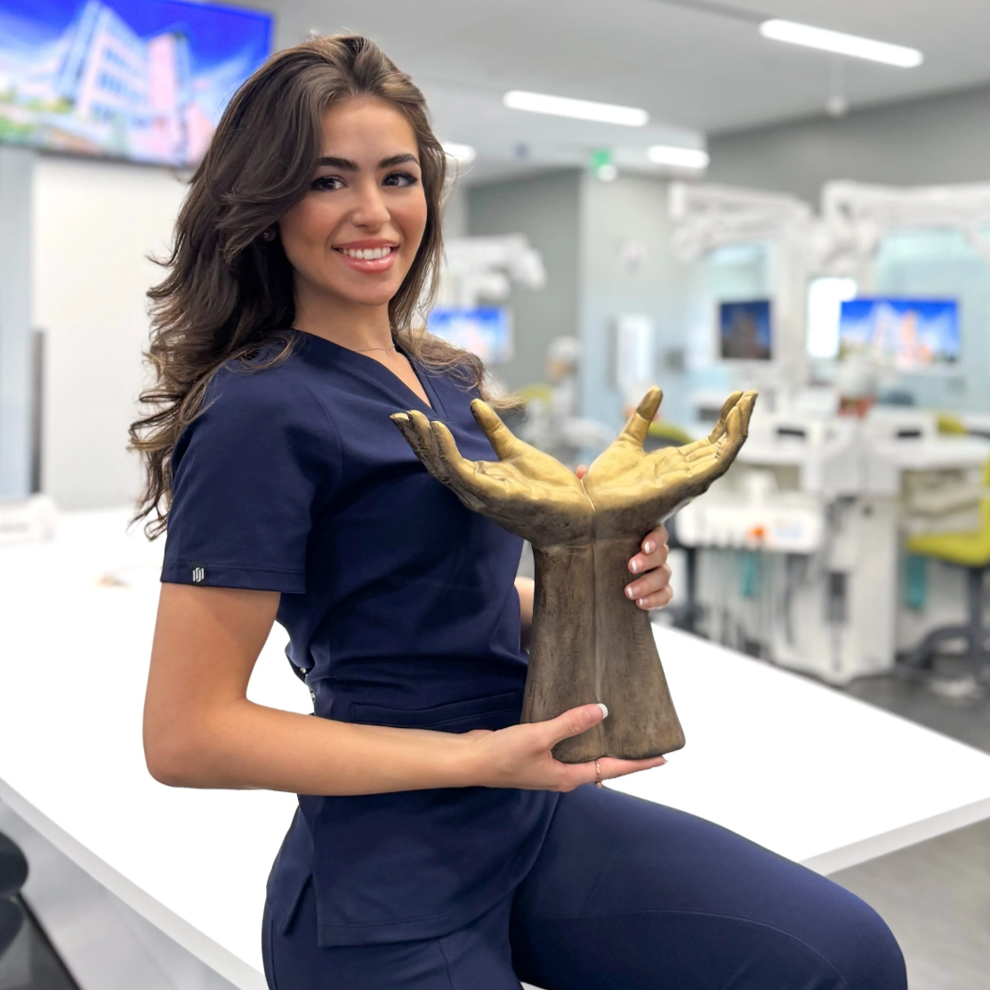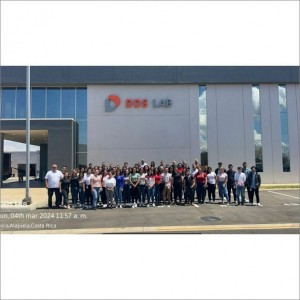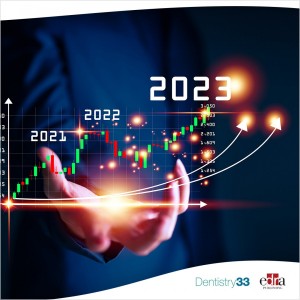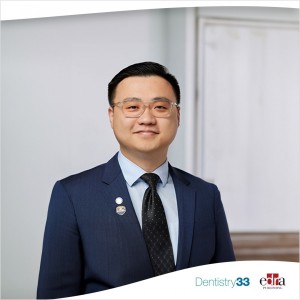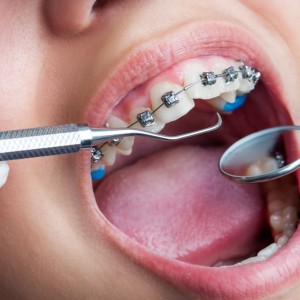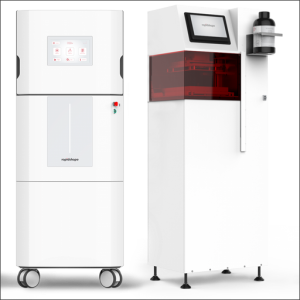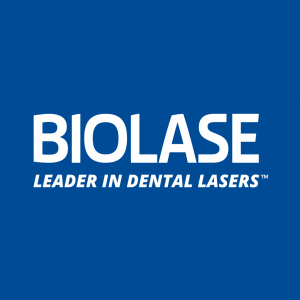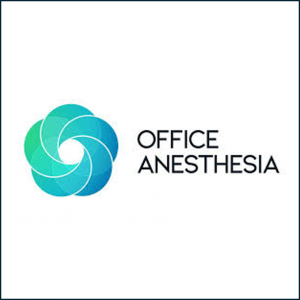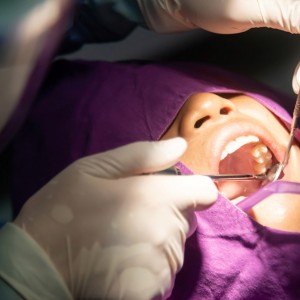
Third Annual Haptics Competition Puts Students’ Dental Skills to the Test
After a shaky start that left her in ninth place, first-year dental student Diana Torosyan tapped into her efficiency skills to leap ahead and capture the winning title in this year’s University of Colorado School of Dental Medicine (CU SDM) Haptics Competition. She also achieved the largest margin of victory in the competition’s history.
“I carefully reviewed the work that placed me ninth and experimented with different techniques and instruments to improve my results,” said Torosyan, (DDS ’28). “Once I found an approach, I fully committed to it and practiced consistently.”
Her new techniques were successful enough to catapult her ahead of Edwin Sarkisians (ISP ‘2025), who had been in the lead.
“I was in the competition last year, and this year I found some ways to reduce my drill time with more critical thinking,” Sarkisians said, adding ruefully, “Diana found the same thing, and she did better and won—she’s smarter.”
Simulating work on real patients
Haptics technology is used in smartphones and wearable devices, triggering a vibration when people receive a text or reach a fitness goal. In dentistry, haptics gives students a chance to hone their skills by using a machine that provides the sensation of working on an actual patient. Holding real instruments, students look through a screen to see a simulated mouth as they work. They experience the same feelings of touch, pressure and resistance that they would have when working in patients’ mouths. At CU, the haptics technology is introduced to first-year students during their Introduction to Dentistry course.
“It helps us sharpen our precision, confidence and clinical skills before we even set foot in a clinic,” Torosyan said. “Personally, the competition strengthened my overall hand skills, which became especially evident during the simulation clinic.”
The CU SDM Haptics Competition, now in its third year, was the collective idea of Michael Lampe, EdD, program director of digital education and academic technology, now-retired Associate Professor and Director of Academic Technology and Initiatives Thomas Greany, DDS, and Eric Mediavilla, DDS, FAGD, associate dean of admission, student and alumni affairs and associate professor. The concept was to give students a fun, challenging opportunity to further practice their skills in the lab.
“It started in 2023 with my idea to make it a March Madness-type competition,” Lampe said. “I view it as a way to encourage students and faculty to learn how to incorporate more simulation technology into their training.”
Competing students get more practice hours with the haptics technology, helping them to reduce their risk of making mistakes with real patients, he added.
The number of participants has increased each year, growing from 18 in 2023 to 29 this year. The competition lasted about a month, with students receiving a different case per round and having one week to complete it on their own time. Each case required students to remove a prescribed volume of material from three-dimensional shapes, simulating tooth-decay removal. The simulator tracked the amount of material removed and the length of time students spent drilling. When students cut outside the boundaries of the shapes, they lost points.
“The cases started with target practice and advanced to more complex restorations,” Lampe said.
Each student had the chance to work on three different cases. Participants from all class levels competed, with first-year students performing particularly well because their haptics lab training was still fresh in their minds, Lampe noted.
Efficiency is the secret sauce
Having noticed in the previous competitions that students’ overall scores grew progressively higher as they figured out how to improve, Lampe and colleagues devised a better skill measure: the efficiency score. It divides the overall accuracy and effectiveness score by drill time. Efficiency is actually a better measure of how well students can perform in real-world dental practices, Lampe said.
“You could have the best score in the world, but if you’re spending four hours on one patient, that’s not very efficient,” he noted. “During the competition, Diana started out with 26- and 23-second drill times but then figured out how to become more efficient while also drastically lowering her times to five and six seconds.”
This year, for the first time, the competition included dental students from the University of North Carolina Chapel Hill in the semi-final and final rounds. The top four students from each class at each school competed in the semi-finals to advance to the finals. Ultimately, Lampe would like to add more schools to the competition, but that may not happen right away.
“Not many dental schools have these machines because they’re very expensive,” he said.
Haptics paves the way for dentistry’s future
Sarkisians, who is originally from Iran, hopes to pursue a career in orthodontics. He was inspired to enter the field by his sister, who was born with a cleft lip and palate and underwent about 14 surgeries to correct them. Her orthodontist actually was on the faculty of his dental school in Iran.
“I learned some cool stuff about my sister in one of his presentations, and I decided this is what I want to be. I can see how he made a big difference in my sister’s life,” Sarkisians said.
Torosyan, who earned her undergraduate degree in biology at CU Denver, spent a lot of time at the dentist as a child and admired everyone who treated her.
“Being an artist who’s also interested in science, I realized dentistry was the perfect combination of the two,” she said.
Both Torosyan and Sarkisians praise the haptics competition for helping them improve their dental skills.
Torosyan said she would encourage her fellow classmates to participate in it “to be part of the evolving future of digital dentistry.”
“It challenges you in ways that go beyond technical skills and helps you grow as a future dentist,” she said.
Sarkisians hopes the competition will expand to include more students.
“The future of dentistry will be something similar to these machines because digital software and robots will come in,” he said. “I also learned to be creative—I have different options in my mind instead of following one path to reach the ideal prep.”
Author: Carrie Printz
Source: https://news.cuanschutz.edu/
 Related articles
Related articles
Orthodontics 20 January 2025
The role of third molars in the oral cavity has been extensively studied over the years. Literature includes numerous diagnostic and treatment alternatives regarding the third molars.
The role of third molars in the oral cavity has been extensively studied over the years. Literature includes numerous diagnostic and treatment alternatives regarding the third molars. However, an...
DDS Lab (DDS), one of the largest full-service dental laboratories in the world, today announced the commencement of operations out of its new state-of-the-art, full-service dental laboratory based...
dentalcorp announced that it will release its third quarter 2023 financial results before market open on November 8, 2023.
Market 25 October 2023
Third-year student Teddy Dong received the 2023 Oral Abstract Scientific Presentation Award at the 105th American Association of Oral and Maxillofacial Surgeons (AAOMS) annual meeting held last month...
Management of asymptomatic malposed third molars is a controversial topic. As a result, many malposed or mildly pathologic third molars are not removed.
 Read more
Read more
Orthodontics 28 October 2025
The relationship between odontogenic bacteraemia and orthodontic treatment procedures
The purpose of this research was to estimate the prevalence and intensity of bacteraemia associated with orthodontic treatment procedures.
Dentsply Sirona, the world’s largest diversified manufacturer of professional dental products and technologies, and Rapid Shape, a leading innovator in German-engineered dental 3D printing...
News 28 October 2025
BIOLASE, the global leader in dental laser technology, will present a major advancement in periodontal care during the American Academy of Periodontology (AAP) 2025 Corporate Forum in Toronto,...
News 28 October 2025
From advancing the specialty of office-based anesthesia through the medical/dental fields as a whole, ranging from procedures to technologies being implemented now and in the future, Office...
Oral surgery 27 October 2025
The authors assessed the incidence of postoperative bleeding in patients who were highly anticoagulated and in patients who underwent extensive oral surgical procedures and who continued using oral...


